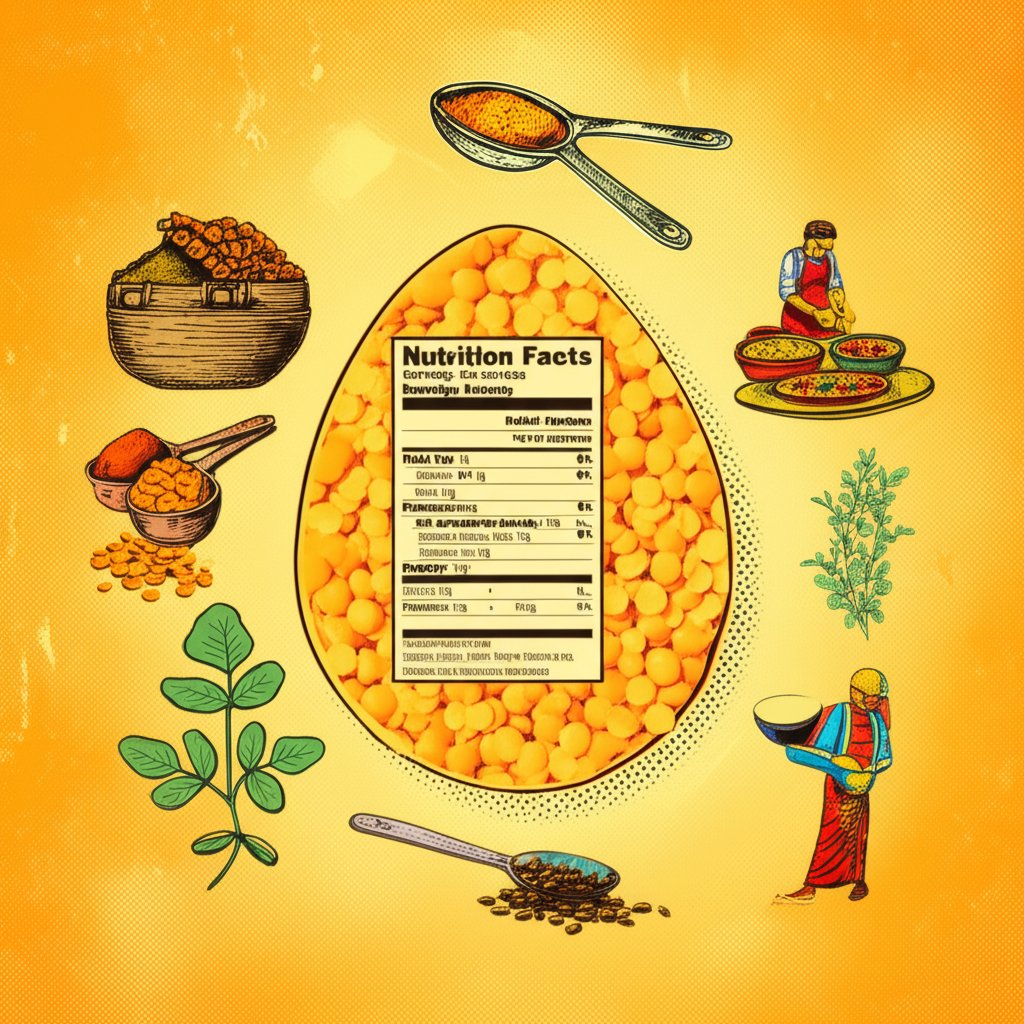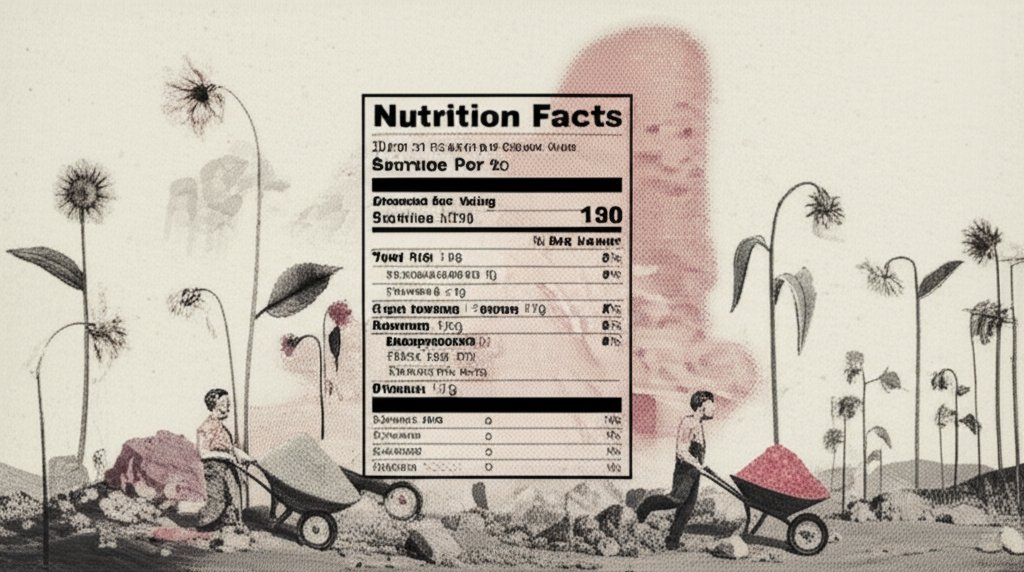Tamales, those savory bundles of masa wrapped in corn husks or banana leaves, are a staple in many cultures, particularly in Mexican and Latin American cuisine. But when you’re enjoying this delicious treat, what are you really eating? Let’s dive into the details of tamale nutrition facts, breaking down the calories, carbs, fats, and essential nutrients you need to know.
At a glance:
- Tamale nutrition varies widely depending on size and fillings.
- They can be a good source of fiber, resistant starch, and certain vitamins like B3.
- Be mindful of saturated fat content, particularly if lard is used in the masa.
- Tamales can be part of a balanced diet when paired with protein and vegetables.
- Consider the overall portion size and frequency of consumption.
What Exactly Is a Tamale? A Quick Cultural Bite
Before we get into the nitty-gritty of tamale nutrition facts, let’s take a step back. Tamales have a rich history, dating back to pre-Columbian times in Mesoamerica. Think Mayans, Incas, and Aztecs – they all enjoyed variations of this corn-based delight!
The basic recipe involves masa, a dough made from nixtamalized corn (more on that process later), which is then filled with various ingredients like meat, cheese, vegetables, or even fruit. The filled masa is wrapped in a corn husk or banana leaf and then steamed until cooked. The beauty of the tamale lies in its versatility – every region, every family often has their own unique twist.
Deciphering Tamale Nutrition Facts: What’s Inside?
The tricky thing about tamales is that their nutritional content can vary wildly. The size of the tamale, the type of filling, and the ingredients used in the masa all play a role. However, let’s look at some general averages to get a good understanding.
Here’s a breakdown of the nutrition facts for a typical tamale (around 142g):
- Calories: 247
- Total Fat: 13g (17% Daily Value)
- Saturated Fat: 3.8g (19% Daily Value)
- Trans Fat: 0.1g
- Polyunsaturated Fat: 2.9g
- Monounsaturated Fat: 4.6g
- Cholesterol: 28mg (9% Daily Value)
- Sodium: 672mg (29% Daily Value)
- Total Carbohydrates: 22g (8% Daily Value)
- Dietary Fiber: 3.4g (12% Daily Value)
- Sugars: 0.7g
- Protein: 10g
- Vitamin D: 0.4mcg (2% Daily Value)
- Calcium: 107mg (8% Daily Value)
- Iron: 1.2mg (7% Daily Value)
- Potassium: 215.8mg (5% Daily Value)
Keep in mind that these tamale nutrition facts are just an estimate. Let’s break down how the fillings can change things.
How Different Fillings Impact Tamale Nutrition Facts
The filling inside your tamale has a significant impact on its nutritional profile. A chicken tamale, a beef tamale, and a sweet corn tamale offer very different benefits. Here’s an overview:
| Tamale Type | Calories | Protein (g) | Fat (g) | Carbs (g) |
|---|---|---|---|---|
| Chicken Tamale | 126 | 6.42 | 6.29 | 11.07 |
| Beef Tamale | 141 | 8.06 | 8.06 | 11.07 |
| Sweet Tamale | 87 | 4.28 | 4.28 | 12.08 |
| Meatless Tamale (Mexican) | 148 | 7.77 | 7.77 | 17.24 |
| As you can see, meat-filled tamales generally have more protein and fat, while sweet tamales tend to be higher in carbohydrates. |
Fiber, Vitamins, and Minerals: The Unexpected Perks of Tamales

It’s not all just calories and carbs! Tamales offer some notable nutritional benefits. The amount of Vitamin B3 a tamale provides is an unsung benefit. Tamales are also a great source of fiber, which is helpful for managing cholesterol.
- Fiber: Tamales provide a decent amount of dietary fiber, which is essential for healthy digestion, helps lower cholesterol, promotes satiety, and helps prevent blood sugar spikes. Each tamal variation shared above has at least 12% of the daily value of fiber apiece.
- Vitamin B3 (Niacin): The nixtamalization process enhances niacin’s bioavailability, meaning your body can absorb more of it. Vitamin B3 helps your body convert food into energy.
- Iron: Especially if you choose a meat or bean filling, tamales can be a good source of iron. Iron helps your body transport oxygen to cells.
- Resistant Starch: Most tamales use nixtamalized corn, which increases resistant starch, a type of complex carbohydrate that may help with blood sugar control.
Potential Downsides: Fat and Sodium Considerations
While tamales offer some nutritional advantages, it’s important to be aware of potential drawbacks.
- Saturated Fat: Masa is often made with lard, a source of saturated fat. The American Heart Association recommends limiting saturated fat to no more than 10% of your daily calories.
- Sodium: Tamales can be high in sodium, which can be a concern for people with high blood pressure.
Making Tamales a Part of a Healthy Diet
So, can you enjoy tamales without derailing your health goals? Absolutely! Here are some tips:
- Choose Leaner Fillings: Opt for fillings with lean protein sources like chicken breast or beans instead of pork.
- Watch Your Portion Size: Be mindful of how many tamales you’re eating in one sitting. One or two tamales can be a satisfying serving.
- Balance Your Plate: Pair your tamales with a side salad or other vegetables to create a more balanced meal. Consider salsa, shredded cabbage, avocado slices, and radish slices.
- Consider Homemade: Making your own tamales allows you to control the ingredients, using healthier fats and less sodium.
- Read Labels: When buying pre-made tamales, check the nutrition label to get an idea of the calorie, fat, and sodium content.
- Consider a side of: Toor Dal Nutritional Benefits
Tamales and Specific Dietary Needs

- Diabetes: Tamales, particularly filled ones, can be a good option for most people with diabetes since they’re high in fiber and contain protein, which helps slow down digestion and prevent blood sugar spikes.
- Heart Health: If you’re concerned about heart health, choose tamales made with less saturated fat.
- Gluten-Free: Tamales are naturally gluten-free, as they are made from corn. However, it’s always a good idea to check with the restaurant or whoever prepared them to ensure there’s no wheat flour added.
Common Questions About Tamale Nutrition Facts
- Are tamales high in carbs? Yes, tamales are a carbohydrate-rich food due to the corn-based masa. However, the fiber content can help mitigate the impact on blood sugar.
- Are tamales fattening? It depends on how many you eat and what’s inside. Like any food, overconsumption can lead to weight gain.
- Are all tamales made with lard? Not all tamales are made with lard. Some recipes use vegetable oil or shortening instead.
Building a Balanced Meal with Tamales
Tamales naturally provide carbohydrates, fiber, and fat. So to build a balanced meal we need to add protein and vegetables. Meat tamales will have more protein. A tamale de rajas con queso (poblano and cheese) will have both more protein and extra vegetables.
Here’s an example of a balanced meal featuring tamales:
- 1 chicken tamal
- 1 tamal de rajas con queso (cheese and poblano pepper)
- 2-3 tbsp salsa
- Small side of cabbage salad
Beyond the Numbers: The Cultural Significance of Tamales
While understanding tamale nutrition facts is important, it’s also worth appreciating the cultural significance of this dish. Tamales are often associated with celebrations, family gatherings, and traditions passed down through generations. Enjoying a tamale is about more than just the food itself; it’s about connecting with culture and community. And even highly-processed foods like Twinkie Nutrition: Whats Inside have some interesting nutritional facts, when you dive in.
Actionable Steps: Enjoy Tamales Mindfully
Knowing the nutritional value of tamales empowers you to enjoy them as part of a balanced lifestyle. Be mindful of portion sizes, choose your fillings wisely, and don’t hesitate to add a healthy side. By making informed choices, you can savor the flavor and tradition of tamales without compromising your health goals.
- Why Glass Boxes for Lunch Are Trending for Meal Prep - December 17, 2025
- Bento Box Glass Offers Practical, Eco-Friendly Meal Storage - December 16, 2025
- The Best Bento Box Price For Your Perfect Packed Lunch - December 15, 2025










